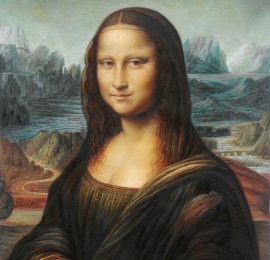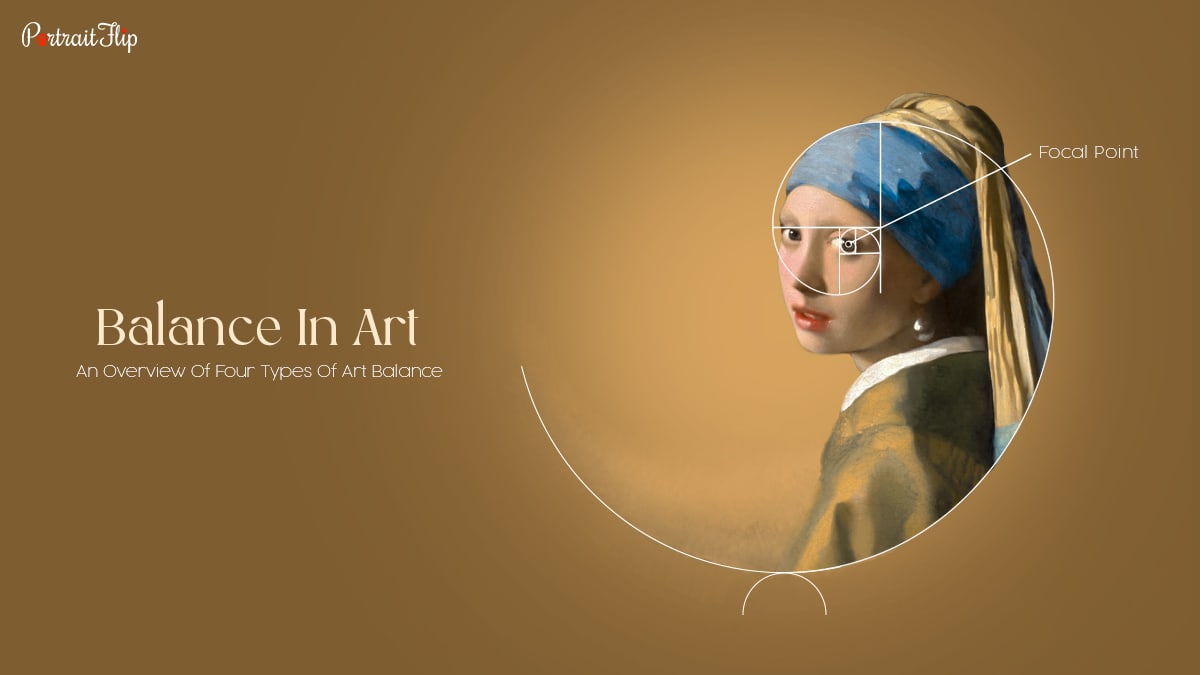Ever wonder why some famous artworks that belong to Cubism, Abstract Art, or Modern Art, for that matter, get immense love and attention?
The reason behind it could be endless, but one thing that’s certain is that they have balance.
Every art element used in them isn’t disproportionate. Basically, these famous or expensive artworks don’t look off-balance or dissonant.
Balance in art is crucial; it’s a significant principle to make any art look pleasing, balanced, and ordered.
We, as humans, love to see scenes, art, events, or pictures that align in a certain order.
It catches our attention. Hits our souls. And ignites our curiosity. We’re built to find similarities in the stuff that we experience on a daily basis.
Since we’re speaking about balance in art, let me tell you:
When a painter decides to bring his imagination to life, he tries every possible way to make it look as close as he has imagined.
Why?
Because this satisfies a painter, meaning it makes artists feel that art that they’ve worked on or produced is complete and appealing enough.
Whether you’re an artist or an art lover, you must know the importance of balance in art and what role these 7 art elements play in composing art pieces.
Today, we’ll learn everything about balance in art and also discuss the four types of art balance that exist to compose balanced and harmonious art.
Table of contents
Elements of Art
No art can ever be created without the presence of at least one of these elements.
- Color
- Line
- Shape
- Form
- Space
- Texture
- Value
If you look at any famous cubist artwork, you’ll see shape and form play a key role, whereas colors and texture have a huge influence on abstract painters.
Most abstract paintings are asymmetrical. Some of them are enigmatic and mysterious.
But what exactly is symmetrical or asymmetrical balance in art? We’ll find out that very soon, but let’s learn why painters use different elements of art.
Take any famous artists from Expressionism, or modern art, and you’ll see different elements used throughout the entire composition.
The idea behind it was to convey their message, emotions, or agenda.
Let’s see how each element of art helps create balance in the artwork.
- Color: There are primary, secondary, and tertiary colors. Colors set the tone, feel, and vibe of the composition.
- Value: Value is a sub-element associated with color. It signifies the brightness and dulness of colors. Value in a composition helps emphasize the subject and create illusions.
- Texture: It decides how detailed, realistic, or natural the art can be. Also, it is evident when used properly on the artwork surface. Textures can be rough, smooth, soft, or hard.
- Form: It’s three dimensional shapes that include a cylinder, cone, cube, and sphere. It expresses the width, length, and depth of the object in a composition.
- Line: Lines are everywhere—from the world’s most famous landscape artworks to modern art. It’s the basic component of any piece of art. Although lines can vary in length and shape, they can’t be horizontal, vertical, diagonal, curved, straight, thin, or thick.
- Space: The area between and around the object is space. Positive and negative space are two that exist. Positive space is the area taken by object itself, and negative space is the area around the object.
- Shape: It can be geometric or organic. Geometric shapes include circles, shapes, and triangles. It expresses length and width. They are closed lines.
Suggested Read: Unity in Art
Types of Balance in Art
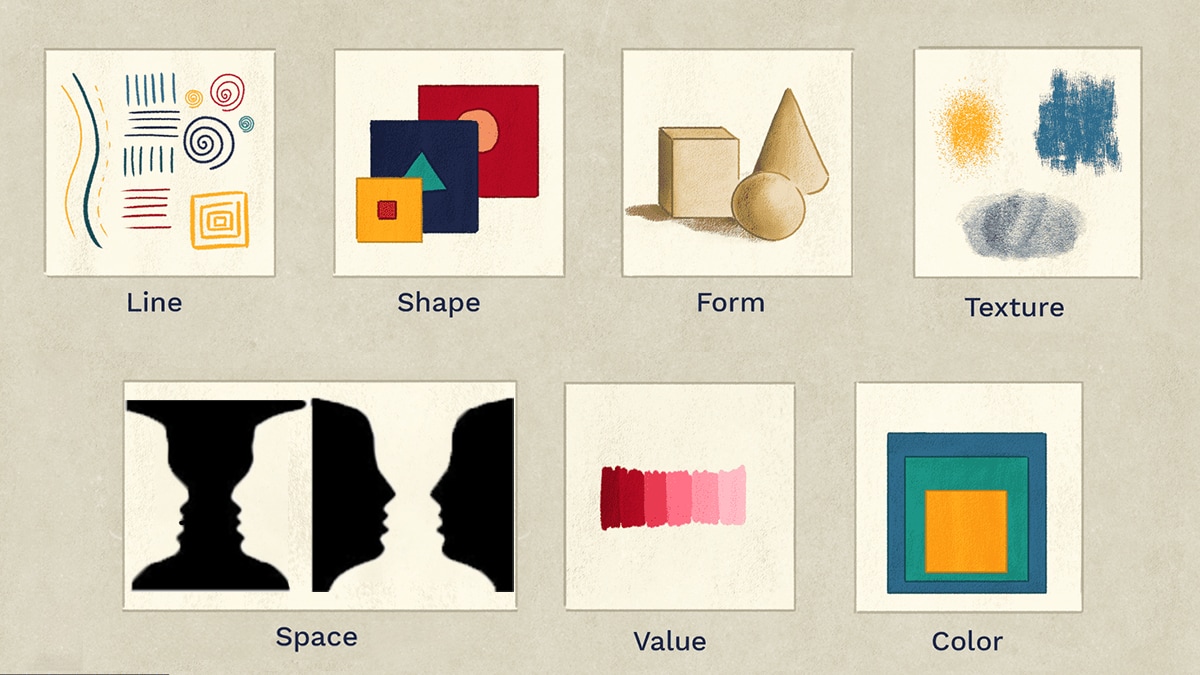
Creatives, designs, and art get better and more appealing if you use the right elements in the correct proportion.
A little adjustment in value, lines, or textures balances art, making an image look pleasing to the eyes.
If not done correctly, it makes an image look disordered, chaotic, and unbalanced.
That’s why we find some images or art that come across as a bit uncomfortable or unbalanced.
We find it different, but we remain uncertain when it comes to its root cause.
In such scenarios, only experienced and skilled artists are willing to rectify that because of their experiences, knowledge, and understanding of balance in art.
Different types of balance exist in art, for example, symmetrical, asymmetrical, and radial balance. Also, there’s the crystallographic balance—which has been in existence for ages but never got its due—which we will also cover.
Let’s first learn symmetrical balance in art.
Suggested Read: About Medieval Art
Symmetrical Balance
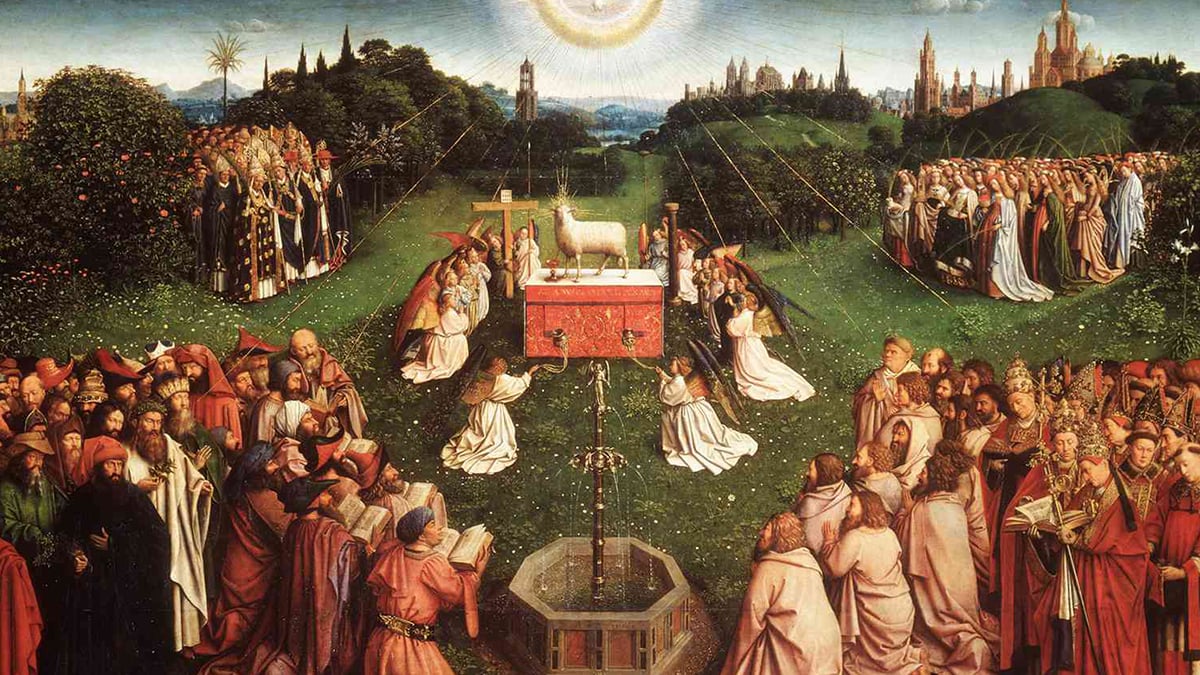
If we break a canvas down into two pieces and the image we see on the first side is the same as on the other side, then this is referred to as symmetrical balance.
Symmetrical Balance is satisfying, sought after, and simple.
It balances each element of painting and creates a composition one can’t ever forget easily.
The technique of art is beloved and most-used by many artists. Here’s why:
- Transforms a messy composition into a simple and beautiful mirrored image
- Visually appealing as it produces similar or symmetrical figures, scenes, or faces in the world
- Easy to create compared to other types of balance in art because of its nature
- Creates a sense of structure, harmony, and order
- Sets different tones depending on elements or scenes covered in it
When can you use Symmetrical Balance in art and composition?
When you want to:
- Produce art in vertical, horizontal, or diagonal way with inverted symmetry
- Drive viewers’ attention on the center, keeping the background of both sides same but with different key figures
- Recreate any of famous Renaissance paintings that have symmetrical element of art
From painting to architecture, Symmetrical balance can be used in various art formats.
The purpose is to create a sense of harmony, order, and stability.
That’s why this balance in art, if overused, may make your art look monotonous and a little dull.
But every balance in art comes with its own perks and drawbacks. The good news is that it was even used in various Jesus paintings, still life artwork, and history paintings.
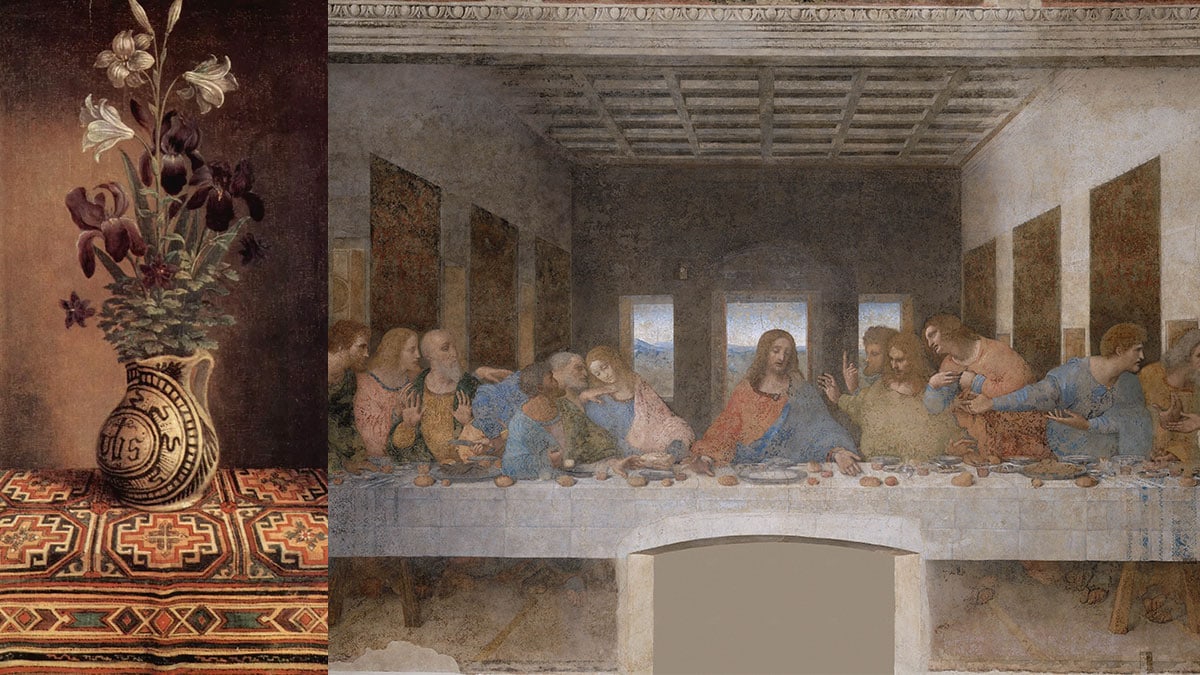
The best example is Leonardo’s painting The Last Supper, where most art elements are placed in a similar fashion, and are made with the same expressions and tonality, but with different human figures.
Asymmetrical Balance
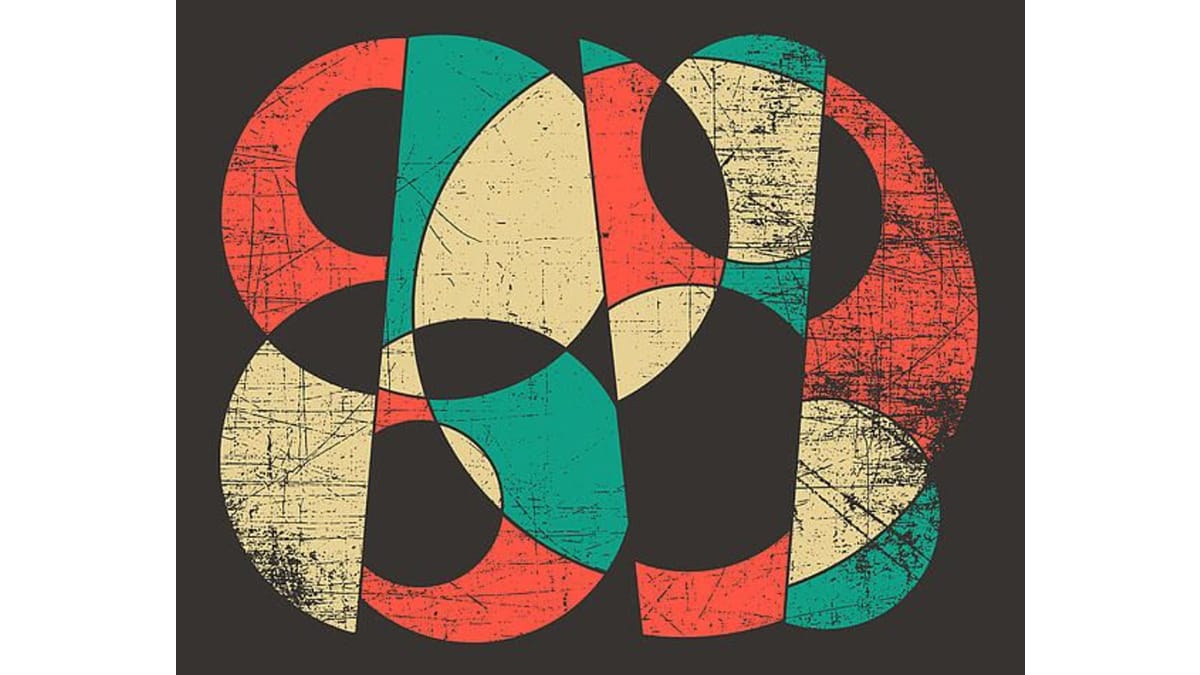
The next famous type of balance in art after symmetrical is asymmetrical, which existed from Vincent Van Gogh to Piet Mondrian’s time.
Symmetrical brings more stability, order, and harmony. But asymmetrical art balance gives more freedom and lets painters express their creativity.
It also opens doors through which any artist can intrigue their viewers.
Looking at any asymmetrical artwork, one can realize how magnificently the artist achieved its balance by properly separating elements of art throughout the canvas.
We find it interesting as it lets painters experiment with both—negative and positive spaces.
It may seem the complete opposite of symmetrical balance, but it caught the attention of many famous painters, including Van Gogh, Caravaggio, Pablo Picasso, and others.
The type of balance in art doesn’t promote mirrored images, but it distributes equal weight on both sides, making any art piece look balanced.
Here’s why painters loved asymmetrical balance in paintings:
- Art looks balanced and pleasant, even though elements are different on both sides
- Doesn’t follow any layout, pattern or format
- Evergreen type of art balance
- Was immensely popular in Modern Art era
- Creates variations in visuals
- Evokes a sense movement in art
- Establishes relationships
When can you use asymmetrical Balance in art and composition?
When you want to:
- Experiment with negative and positive spaces
- Bring real or natural scenes to canvas
- Create a relationship between two sides. For instance, Juxtaposition
- Want to place different objects while keeping the composition balanced
- Produce a difficult art that is a little challenging
- Create a hierarchy of images to take your viewer’s eyes to one point from another
- Recreate any large sized impressionist or modern art artworks
Asymmetrical balance is challenging but rewarding as it evokes emotions and brings real scenes to your eyes.
The purpose of this balance in art is to tell a better story with different elements of paintings and stay away from being monotonous or too boring, which happens with symmetrical art.
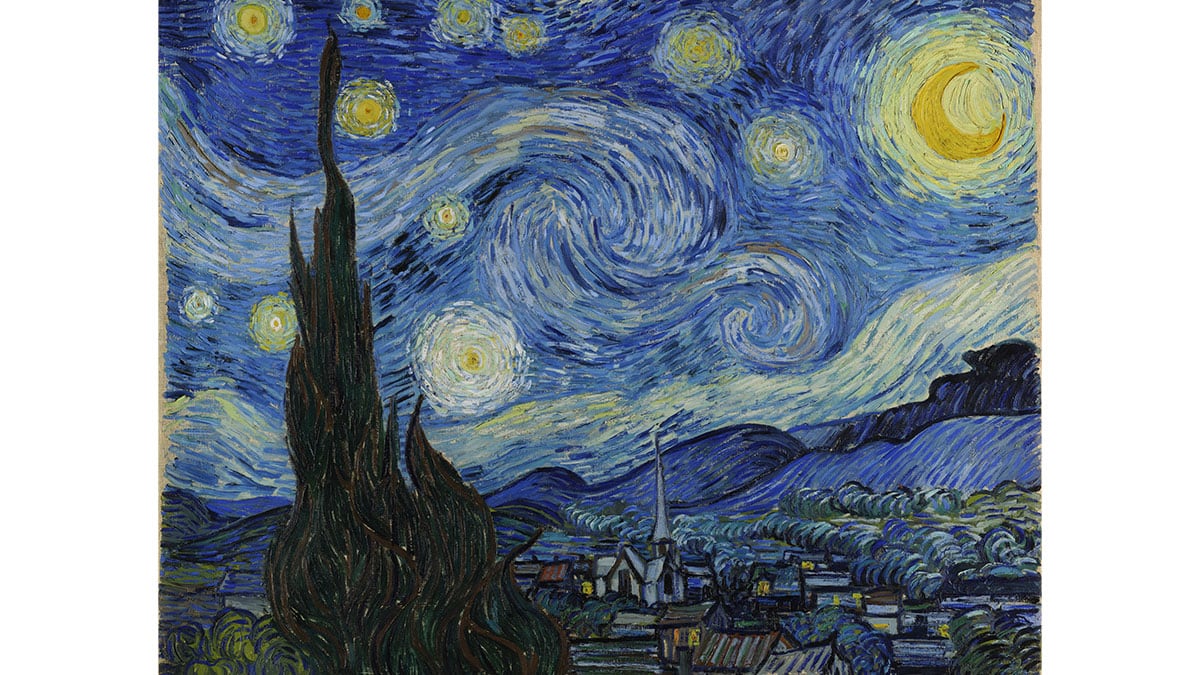
When you look at Vincent Van Gogh’s Starry Night, which is asymmetrical, you’ll see a stunning blend of darker and lighter hues, with the moon, swindling clouds, and stars being on the lighter side, and cypress trees and the village spread across the canvas at the bottom, being on the darker side.
Except for a very few pieces, most artworks that stunned the world and gained immeasurable popularity are made using asymmetrical compositions in art.
Radial Balance
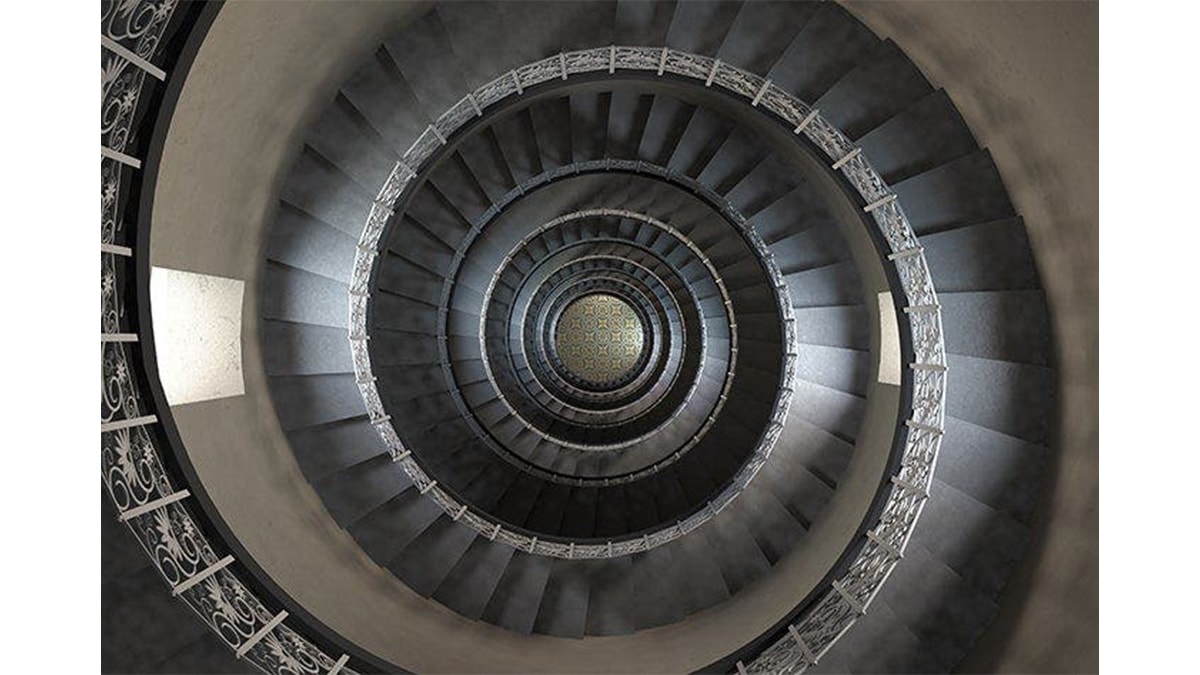
It’s a less known type of balance in art, most commonly seen in many famous abstract pieces of art.
Radial balance is inspired by spiral patterns and is used in composition to get viewers to the center point.
It’s a specific type of balance in art that is easy to spot and difficult to define.
It may have some characteristics of symmetrical balance; for instance, its circular nature and visual elements radiate from the center. But it possesses unique features and creates a hypnotic effect.
Radial balance in art and composition has existed since ancient times.
Therefore, in Hinduism and Buddhism, round symbols are considered sacred.
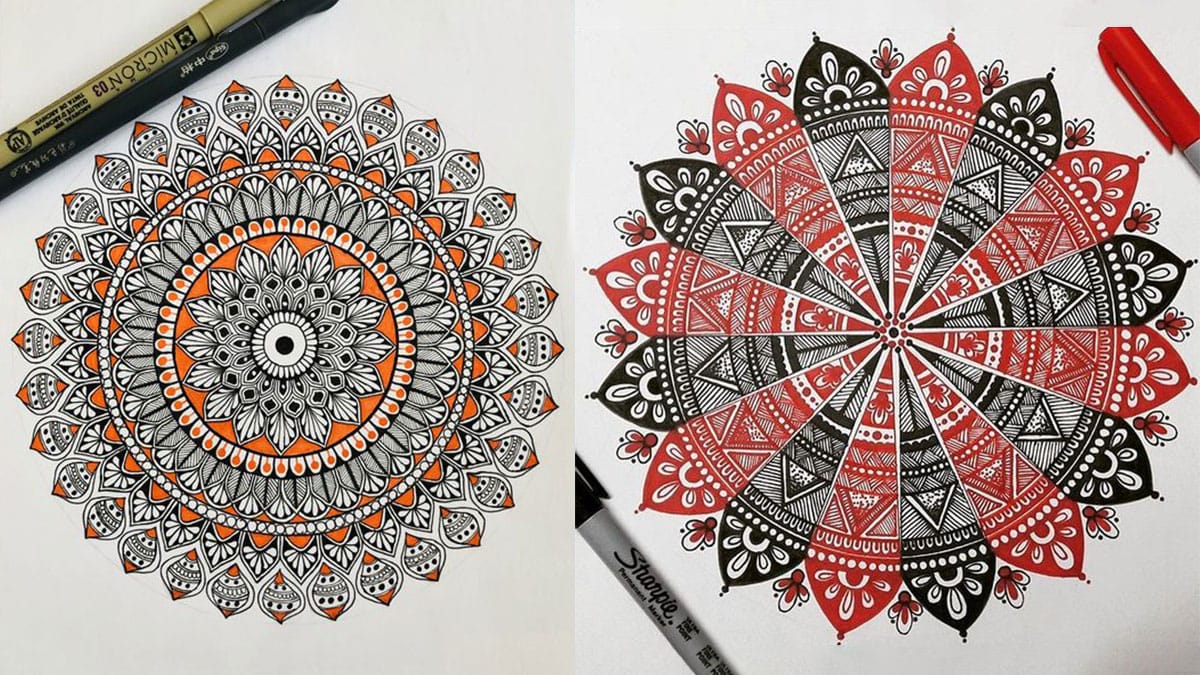
For instance, mandalas, which have radial balance and contain various shapes, symbols, colors, and mediums, are round in composition.
Also, in some religions, the circles indicate wholeness and totality.
Here are some more reasons why painters choose Radial Balance:
- Builds visual harmony
- Its round nature is sacred and divine in some religions, including Hinduism and Buddhism
- It is systematic, organized, and ordered.
- Spiritually active with expressions of abstractionism
- It is symmetrical to some extent, but it can’t be dull or uninteresting.
- Produces hypnotic effect
When can you use Radial Balance in art and composition?
When you want to:
- Add an intricate element to your composition
- Experiment with angles that develop different perspectives
- Want viewers to focus enough on certain points or pathways
Radial balance in art can’t be monotonous or unattractive.
A chandelier, staircase, or artistic window is made using Radial Balance, which you can’t ever find unattractive.
Because their masters know how to use different elements in art; this way they make the images appear pleasing from different angles.
Crystallographic Balance
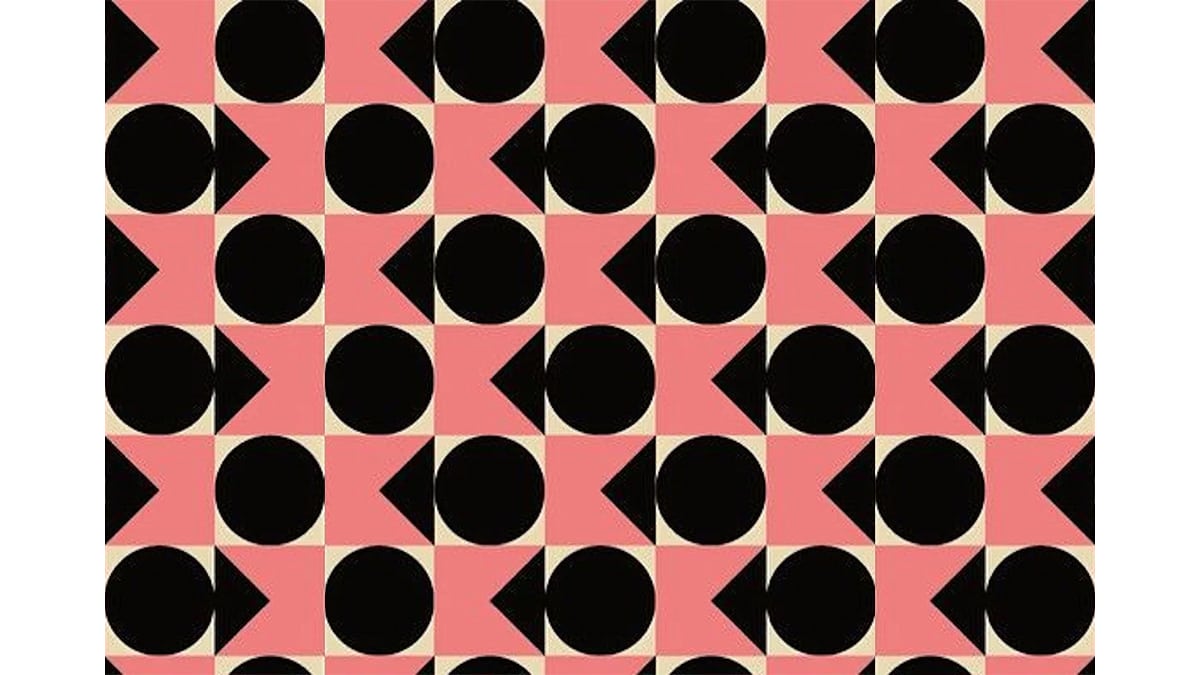
Only a few painters in the past have used this painting composition.
The beauty of this balance in art is its placement of art elements.
The art may look disordered and cluttered, but it still has a calm vibe, and thus it’s known as organized chaos.
Unlike symmetrical and radial balance, it doesn’t expect viewers to pay attention to one focal point.
The composition made using this art balance is packed, covering every art element in enough proportions.
Crystallographic balance may not have any symmetrical characteristics, which the other two have, but its composition still conveys the message the painter has embedded.
Several reasons contribute to its popularity.
Here’s why painters consider using Crystallographic Balance:
- Doesn’t focus on one focal point
- Creates a sense of harmony despite looking busy and disordered
- Doesn’t follow any layout, although a few similarities can be traced with elements
When can you use Crystallographic Balance in art and composition?
When you want to:
- Recreate any action paintings
- Work on some painting with a few or repetitive elements of art
- Create something unusual or unconventional throughout the canvas
Crystallographic balance isn’t too old, but it was rarely used in ancient art history.
Producing art with this art composition wouldn’t be difficult, but it may make your art look absurd if you fail to spread elements across the composition.
As a painter, you need to know how it was used in the past so that you can use this balance in art properly and effectively in the present.
Jackson Pollock’s paintings can be a great example of crystallographic balance.
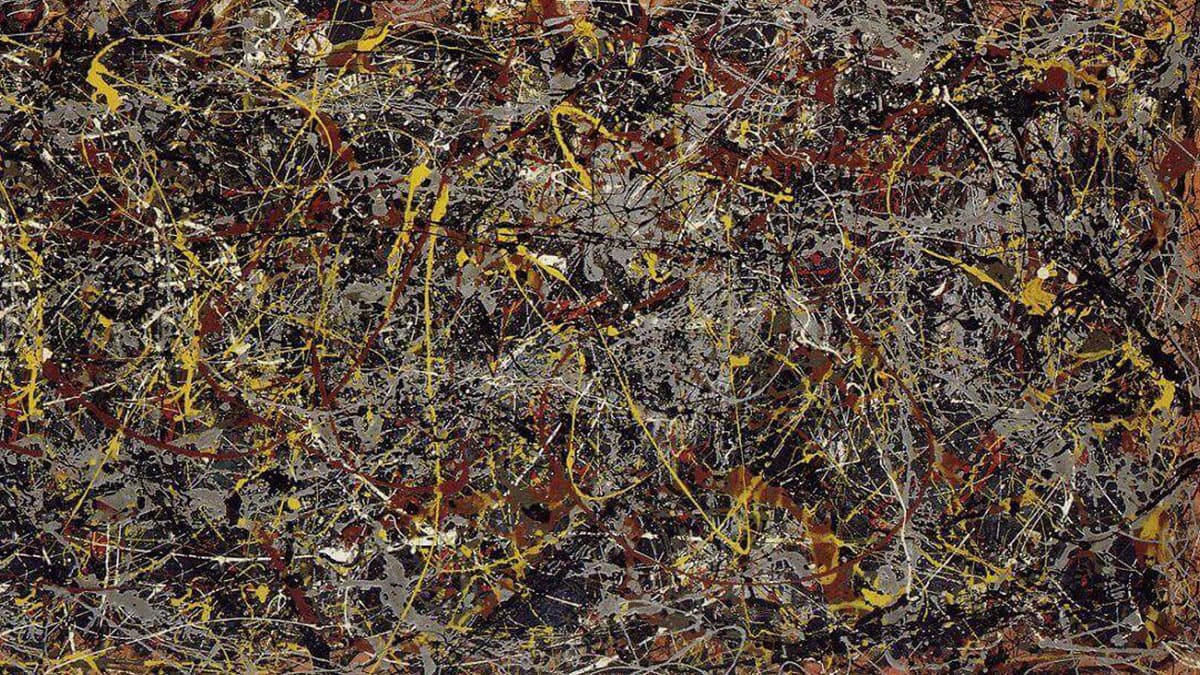
His art No. 5 (1948) shows his love for action paintings; it displays a variety of paint splattered and smudged across the canvas.
But the beauty is that it doesn’t look overboard but has a calm and harmonious effect.
In this painting, you’ll see lines, colors, and textures, and other elements are missing. That is how a crystallographic balance in art is made with a profound impact.
Suggested read: Explore the Principles of Rhythm in Art
Why is Balance in Art Important?
The way art lovers, aesthetes, and general audiences perceive art determines the quality and depth of art.
Balance in art plays a key role in making it outstanding and visually appealing.
You may not know this, but it plays with your psyche because, in our minds, we are all seeking similarities and differences in things we see.
That’s when different types of balance in art come into play.
Artists, according to their preferences, pick any of these four types of art balance to make art dynamic, powerful, and impactful.
Whether you’re drawing a simple sketch or complex artwork, balance in art brings peace and calm to chaos, adding intricate visual elements and depth.
Frequently Asked Questions
Color, space, line, texture, value, form, and shape are the seven elements of art.
Symmetrical, asymmetrical, radial, and crystallographic are the four types of balance in art.
Symmetrical balance is the most famous one, as it is easy to use and transforms a messy composition into a simple and beautiful mirrored image
Symmetrical creates mirrored images, whereas asymmetrical enables artists to not follow any layout or use different elements on the entire canvas.


